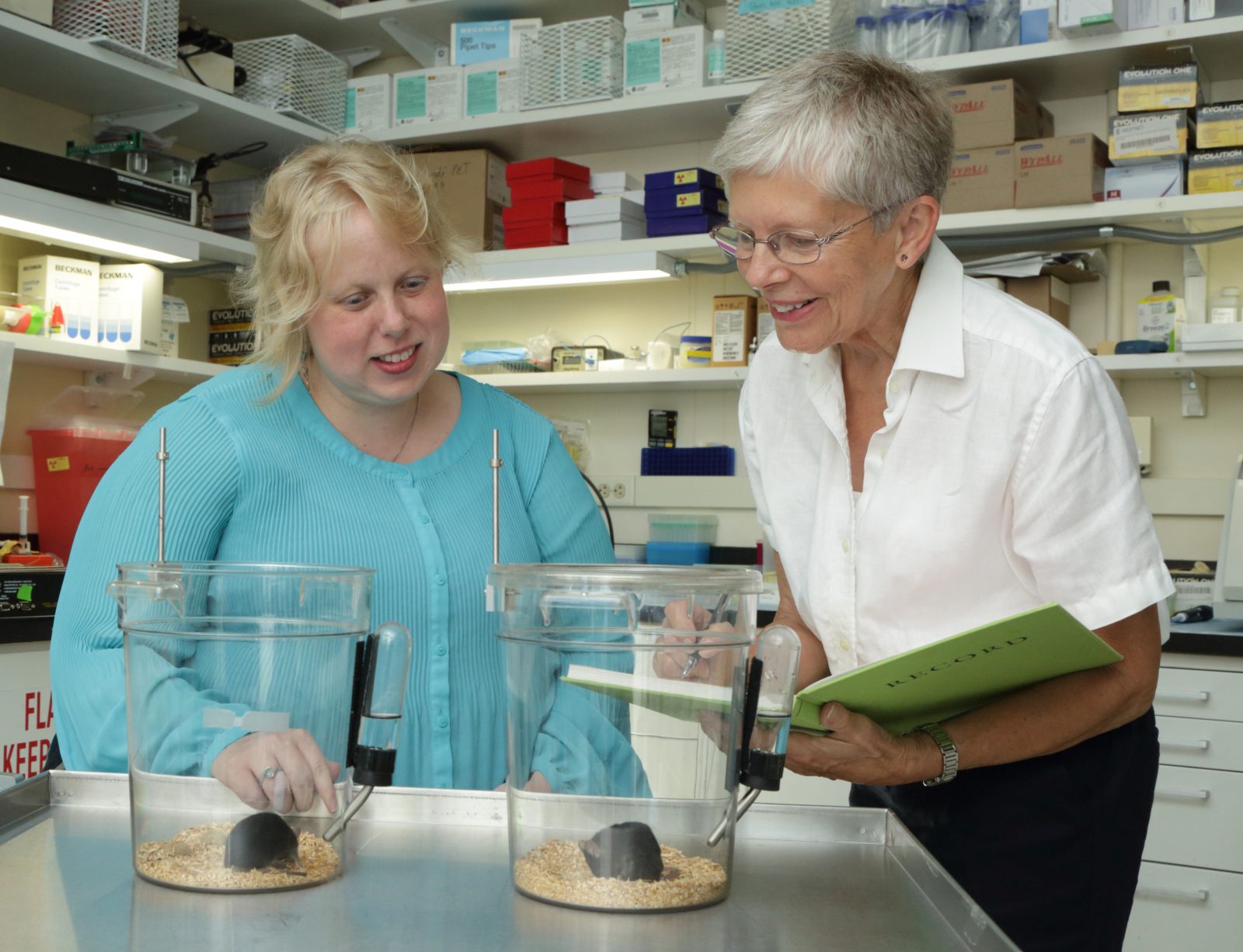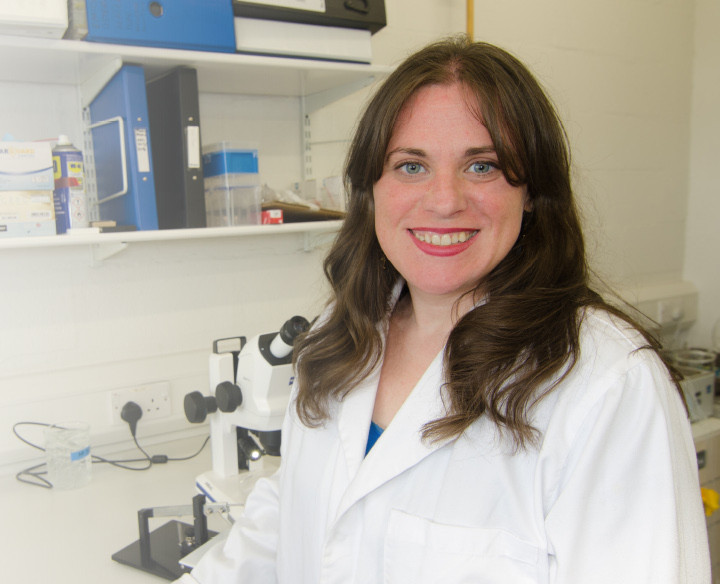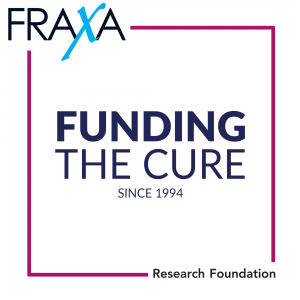2016: 4 Countries - 10 Teams - $1 Millions
From finding new treatment targets, to pinpointing outcome measures for future clinical trials, to attempting to reactivate the gene which is silenced in Fragile X syndrome, these innovative scientists will bring us closer to a cure.
Improving Clinical Trials
Many parents of children with Fragile X know well the struggles of getting their children to sleep through the night. Mice and fruit flies engineered to mimic Fragile X Syndrome also have disrupted sleep. Drs. Westmark and Smith will test potential therapeutics in mice using sleep as an outcome measure and investigate whether sleep could be used as an outcome measure for future clinical trials.
The search is on for a simple blood test to measure how well a treatment works for an individual with Fragile X. Dr. Frank Kooy’s team investigates.
Testing Treatment Targets
One of the goals of FRAXA’s research program has been to find biological pathways affected in Fragile X that are amenable to treatment with small molecules (drugs). Past efforts have been successful, generating large numbers of treatment targets, and this year, Dr. Osterweil and Dr. Bardoni will study new promising targets.
All these treatment targets raise an important question: are these various neural pathways and targets related at some key point? Is there a critical node, a point where pathways connect, which would allow for the most effective treatment? Two projects funded last year are looking for just such critical nodes (see Vanderklish and Moine). Until a critical node is found, we may need combinations of drugs to best help people with Fragile X syndrome. Dr. Razak’s study of combination treatments aims to show us the best way forward and form the basis for success in clinical trials.
Reactivating the Fragile X Gene
The holy grail of Fragile X research is to reactivate the gene, FMR1, which is silenced in people who have the syndrome. Using genetic engineering, researchers can already switch on the gene in adult Fragile X mice, and correct symptoms in this way. Teams led by Dr. Peter Todd and Dr. Jeannie Lee will pursue gene reactivation in mice using the new technique, CRISPR.
Congratulations to the new grantees! The grand total of these awards is $1,022,000 over the next two years. Additional awards still to come!
Fragile X Mutant Mouse Models
With $375,000 in grants from the FRAXA Research Foundation since 2009, Dr. David Nelson has developed an impressive array of advanced mouse models of Fragile X, at Baylor College of Medicine. These models are available to investigators worldwide on request. This resource has been essential for a broad, rapid distribution of Fragile X and related gene mouse models and has increased the pace of Fragile X research.
Read More »MicroRNAs as Biomarkers in Fragile X Syndrome
With a $90,000 grant from FRAXA Research Foundation in 2015-2016, Dr. Mollie Meffert and Dr. Christina Timmerman at Johns Hopkins University studied groups of small RNAs, known as microRNAs, which are greatly decreased in brain tissue of Fragile X mice vs. normal controls.
Read More »Repurposing Drugs to Dampen Hyperactive Nonsense-Mediated Decay in Fragile X Syndrome
With a $90,000 grant from the FRAXA Research Foundation, Dr. Lynne Maquat and Dr. Tatsuaki Kurosaki will investigate nonsense-mediated mRNA decay (NMD) in Fragile X. NMD is a “housekeeping” process that cells use to prevent faulty proteins from being made. But there is too much of it in Fragile X syndrome. There are already available drugs that suppress NMD – including caffeine.
Read More »Altered Sleep in Fragile X Syndrome: Basis for a Potential Therapeutic Target
With a $90,000 grant from FRAXA Research Foundation over 2016-2018, Dr. Carolyn B. Smith and Dr. Rache Sare at the National Institute of Mental Health investigated the basis of sleep problems in Fragile X syndrome.
Read More »Abnormalities of Synaptic Plasticity in the Fragile X Amygdala
With a $110,050 grant from FRAXA Research Foundation from 2005-2016, Dr. Sumantra Chattarji at the National Center for Biological Sciences researched how the amygdala is affected by Fragile X syndrome. Results published.
Read More »FRAXA Grant to Nahum Sonenberg, PhD — Effects of metformin in Fmr1 knockout mouse model of Fragile X syndrome
Mis-regulation of activity-dependent protein synthesis is one of the major cellular abnormalities found in Fragile X. Upstream neuronal signaling regulates a large cluster of enzymes called the mTORC1 complex, which in turn regulates protein synthesis. This complex is also controlled by cellular energy levels via the metabolic sensor AMP-activated Protein Kinase (AMPK). AMPK is a highly conserved kinase that is activated under conditions of energy stress, when intracellular ATP levels decline and intracellular AMP increases.
Read More »








Comments are closed.